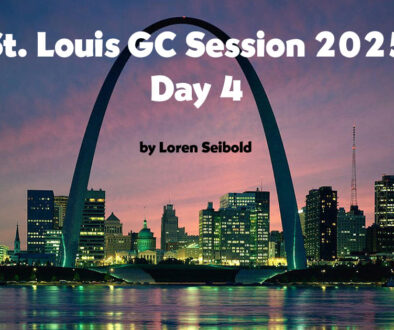The House of Wisdom — Reviewed by Ron Spencer
by Edwin A. Schwisow
 The House of Wisdom By Jim Al Khalili, Penguin Press, New York 2011
The House of Wisdom By Jim Al Khalili, Penguin Press, New York 2011
Reviewed by Ron Spencer
Submitted May 4, 2012
Summary: In a highly readable, quotable narrative, Jim Al-Khalili, a nuclear theoretical physicist and academic at the University of Surrey, in England (also well known for his television and radio productions on science) looks at the history of Islamic science and mathematics and concludes that a substantial degree of Enlightenment knowledge leading (among other things) to the Protestant Reformation, reached the West because of the advances of the Islamic mind.
While North America’s relative isolation from Europe, Asia, and Africa has provided a watery boundary of protection rarely breached during the past 200 years, it also appears to have isolated North America from knowledge and understanding of significant portions of the civilized world, past and present.
A European will visit and study at least a dozen separate nations and perhaps a portion of North Africa in a typical childhood; American schoolchildren may briefly visit Canada and Mexico for recreation, but rarely will study Canadian or Mexican history, except as these interact with basic American history. The typical elementary student’s introduction to Islam will be perfunctory at best, a 15-minute recitative of America’s founders’ difficulties with the pirates of the Barbary Coast. The actual history, development, and notable scientific advances of the Islamic world are generally held at arm’s length—perhaps out of a sense that the New World and Islam have virtually nothing in common, other than petroleum. Yet nothing could be further from the truth for a Seventh-day Adventist.
In “The House of Wisdom” the author, himself of Iraqi descent, takes the reader on a concise, but not overly-brief tour of the breakthrough achievements of Islamic science, particularly during the era of “Dark Ages” when Western culture and thought seemed asleep at the scientific, technological, and artistic wheel.
Islam and so-called “Arabic Science” is not only responsible for what we know today as Algebra, the Arabs created a numerical system (including the invention of a place-holding “zero”) that made computation far more efficient than what the Greeks and Romans had developed.
Islamic physicians and philosophers also achieved renown in their insistence on treating all the sick, regardless of nationality or religion. By contrast Western hospitals were known to restrict treatment to those who fit a particular national and religious profile.
In the realm of physics, Islamic scientists were among some of the first to lay the groundwork for what Galileo eventually propounded—that the earth and other planets circulated around the sun.
That Adventism has at least not yet developed a strong academic program for Islamic studies is indeed to be lamented, for of all Christian faiths, Adventism seems most compatible on many grounds (no drinking of alcohol, no eating of biblically unclean animals, no veneration of Sunday, a strong shared interest in science and nature, etc.) with Islam. That Islam has been dismissed by Adventism as a prophetic footnote, sometimes identified simply as an “unclean spirit,” is sad, given the church’s mandate to reach the world with the gospel. How can the church reach Islam without being intimately aware of the ample receptor points culturally and scientifically we share with it? Where is the army of Arabic-speaking Adventists participating in cultural and spiritual exchanges with Islamic peoples? Reading “The House of Wisdom” in our universities and history classes could begin to sow the seeds for the type of rapprochement we could enjoy, if only we put our minds and spirits to the task.



